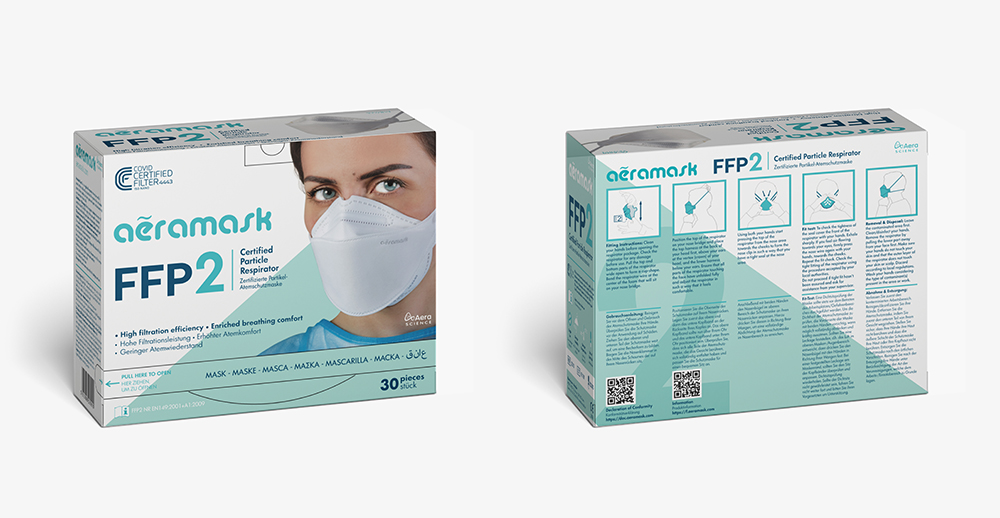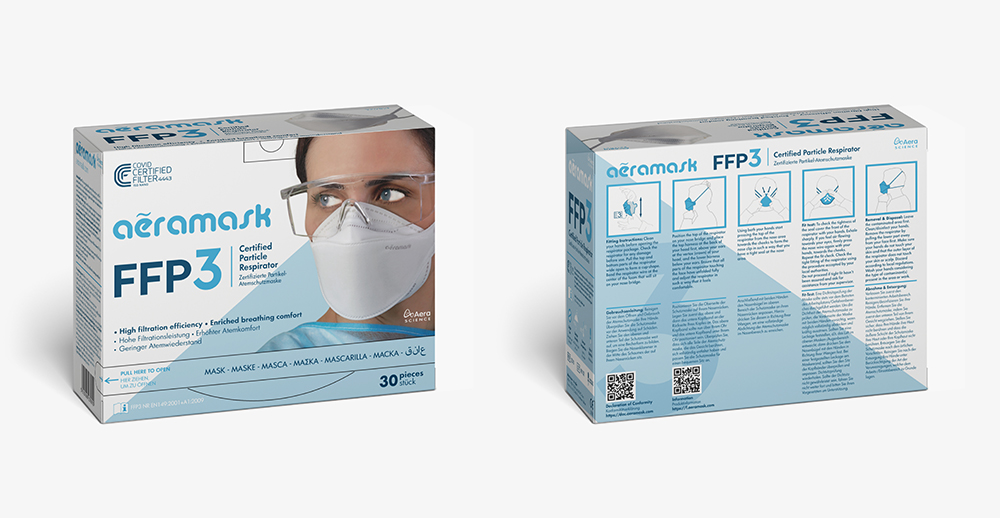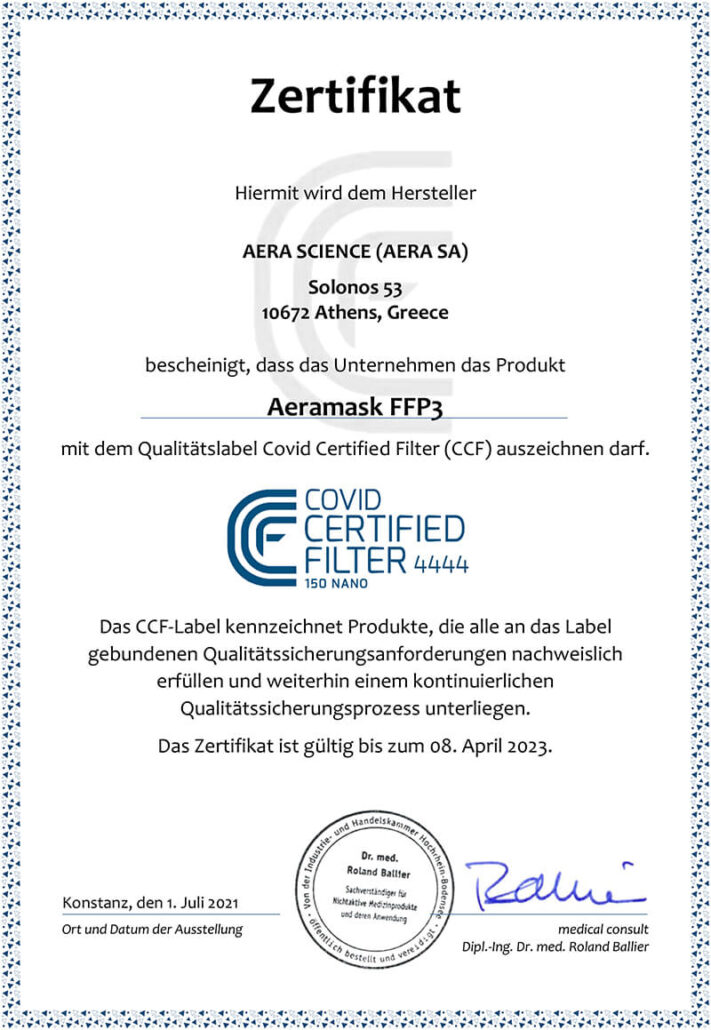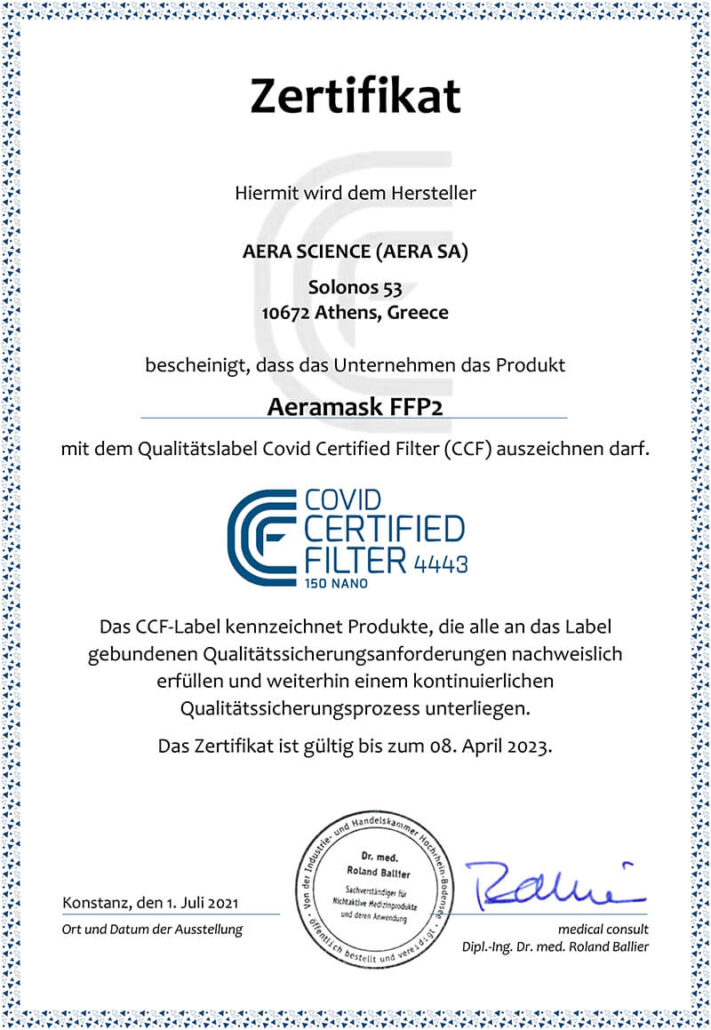FFP2
FFP3
Certified Particle Respirators
Masks for Against Solid & Liquid Particles, Viruses and Bacteria
About

FFP2 Mask
For Lower-Risk Environments and General Public Use


FFP3 Mask
For Higher-Risk Environments and Use by Healthcare Professionals
The Challenge
Low Filtration Capability
N95 and KN95 masks are benchmarked to filter only 95% of particles, allowing 5% of the particles to pass through the mask body.
Adulterated and non-certified masks flood the market, bearing no or fake CE certification markings. These masks are not offering high filtration assurance and jeopardize the health of users..
2-8% Inward
Leakage
The poor design and selection of inferior quality raw materials of most masks marketed, along with the fact that masks with earloops cannot be pulled tight to form a face-seal, due to the hurting force exerted behind the ears, leads to a significant percentage of particles (including infectious viruses) reaching the mouth and nose through gaps that exist due to inadequate sealing.
Imagine holding an umbrella which is full of holes…
Discomfort &
Fatigue
Demand for cheaper masks has led to the use of unqualified filter materials having high breathing resistance. Imagine trying to breath through a pillow-case…
High breathing resistance eventually results in:
- Respiratory fatigue
- Build-up and rebreathing of toxic carbon dioxide (CO2)
- Excessive heat build-up at the area covered by the mask
- Collapsing of the mask on the face while breathing
These factors severely affect the ability of the user to respirate and perform their tasks.




